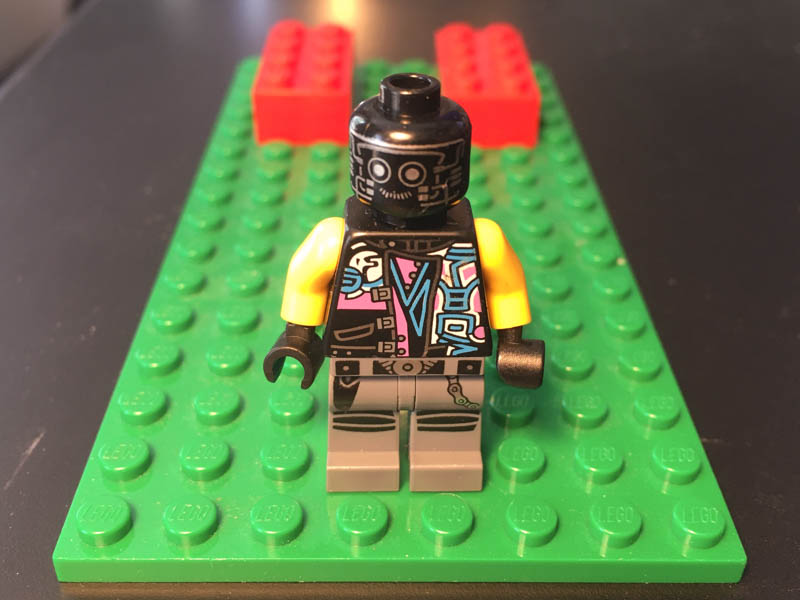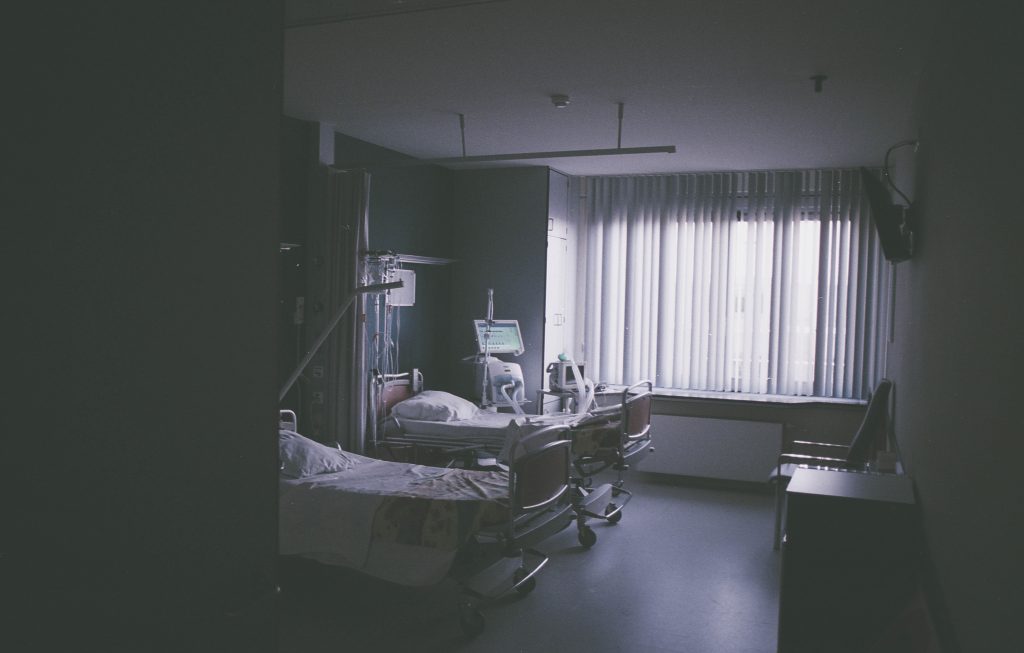My wife is an ICU nurse. Specifically, she works in a Medical ICU, which at her hospital, is the primary unit responsible for taking care of COVID-19 patients. The Medical ICU staff has the training and experience that lines up with the symptoms exhibited by most COVID patients (they are used to taking care of extreme cases of flu, people with lung failure, pneumonia, etc).
On a very regular basis, she encounters a lot of misinformation on social media. Some of that misinformation centers around a lack of understanding of how many people it takes to treat patients in an ICU.
I hope I can shed a little light on that with the help of some little visual aids. I'm only focusing on nurses - not doctors, respiratory therapists, pharmacists, techs, custodial or administrative staff - just the nurses that are providing bedside services in intensive care units. Also, I really don't want to get into COVID specifics - this is just a glimpse into what it takes to staff an ICU, and the staffing implications of having to handle "surge capacity".
Mini Figs Nurses

This is a robot. Nurses are not robots. There are all kinds of nurses, with different levels of experience and different types of training. Unlike Mini Figs, nurses are not rapidly interchangeable. In a pinch, we could take a non-ICU nurse, give them some training, and have them work in an ICU, but ideally that isn't going to happen overnight.

This is a nurse. Specifically, this is an ICU nurse who is wearing some additional personal protective equipment (PPE), such as as a PAPR (which my wife wears these days). Those two red blocks there in the back? Those are ICU beds. ICUs typically run in a 1:2 nurse-to-bed ratio, but more on that later.

But, this is only part of the picture. A nurse doesn't work 24/7. Nurses typically work 12 hour shifts, so in a given 24 hour period, there are two nurses per two beds - so, for every bed, we effectively have one nurse.

That still isn't the complete picture though. "Full time" for a nurse is considered 36 hours, or three shifts per week, so we really need more nurses. That gets us up to four nurses per two beds, or two nurses per bed for six days (twelve shifts).

There are seven days in a week, so we actually need about one more nurse.

For two ICU beds, that yields approximately five nurses for one week of care, or 2.5 nurses per bed.
Things get even more complicated when the ratio has to go to 1:1. Certain therapies, such as CRRT or ECMO (which takes over for the heart and lungs) require that the nurse give their undivided attention to one patient. If these therapies encounter any hiccups, the patient could die in a matter of minutes.
If we have a patient that requires 1:1 attention, the nursing staff looks more like this:

That's two day shift nurses, two night shift nurses, and another nurse to cover the remaining two shifts, for a total of five nurses for a single patient.
This is not to say that the same five nurses will see that patient for the entire week, but it will take on average five nurses across the week to provide care to that patient (144 hours / 36 hours per FTE = 4.7 FTE's).
Some Real Numbers from Southeast Texas
The hospitals in Nashville (where my wife works) do share a little data, but the Texas Medical Center (TMC) in Houston is a lot more transparent with their numbers. I can't find a source that says if this covers every single ICU (which would include the Neonatal ICU or NICU), or just adult ICUs. I am assuming these numbers are for the adult ICUs only. TMC does not cover every single hospital or ICU in the greater Houston area, but it does account for the majority of the capacity.
As of 7/2/2020, there are 512 ICU beds in the TMC that are occupied by COVID-19 patients. This does not include patients who are in the ICU for other reasons. This chart shows that there are 512 being used for COVID, out of a total of 1,367 that are occupied. In that group of hospitals there are 1,330 total ICU beds (meaning they are already exceeding their normal capacity by 37 beds). They can easily expand to add an additional 373 beds, and have room for 504 more in their "Phase 3", for a total of 2,224 ICU beds across that group of hospitals.
Going back to our nurse-to-bed ratios, a single ICU bed is going to need somewhere between 2.5 and 5 nurses per week.
In the TMC group, that means that today there are:
- Between 1,280 and 2,560 dedicated to COVID-19 patients in ICU beds
- Between 3,418 and 6,835 working all ICU beds
- Between 5,004 and 11,120 planned to handle "Phase 3" surge capacity
That assumes they keep the 1:1 and 1:2 ratio. In a surge, that ratio might start to slip. The most critical patients might still get 1:1 care, but the rest of the ICU patients (who are still sign enough to need to be in the ICU) might be on a 1:3 or worse ratio. If your grandmother was in ICU for pneumonia, would you want her to have a quarter, a third, or half of a nurse's attention?
Expanding beyond just TMC, there is an organization, SETRAC, that is tracking numbers for the greater Southeast Texas area (which covers most of SE Texas, with Houston being the only major city included).
According to that data from 7/1 or 7/2:
| Reporting Region | COVID ICU | All Occupied ICU | Normal ICU Capacity | Surge Capacity |
| SETRAC - All | 805 | 2,056 | 2,202 | 2,644 * |
| SETRAC - Harris County (Houston) | 594 | 1,567 | 1,622 | 1,948 * |
| TMC | 512 | 1,367 | 1,330 | 1,703 - 2,224 |
It would cost almost $20,000 to visualize the actual surge capacity of Harris County alone with Mini Figs.
